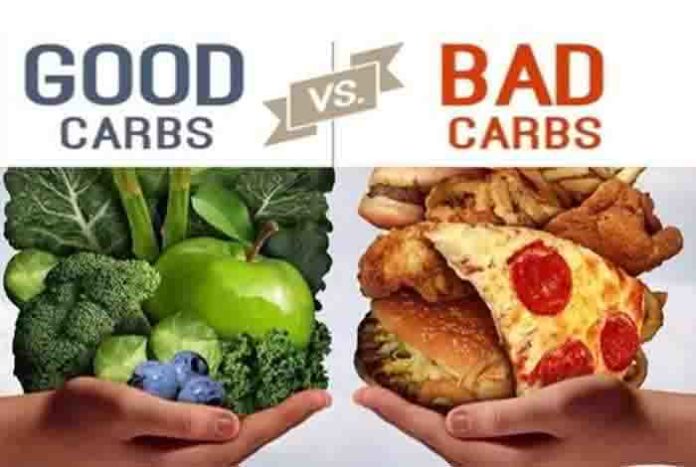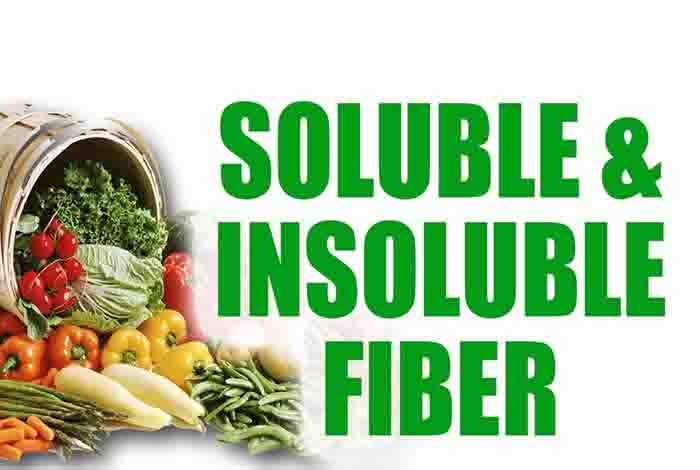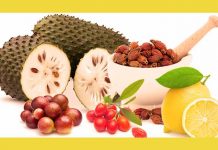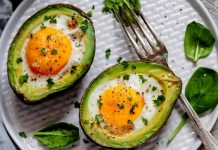
Carbohydrates or carbs are an important part of our nutrition. They are the main source of energy and are essential in maintaining optimal health. When we consume carbohydrates, it gets converted into glycogen or sugar, which gives us the energy for proper functioning of the body.
The issue is that some of the carbs are often considered as bad carbs and it is recommended by some that they must be removed from our diets for weight loss, fat reduction and improving lean muscle mass. This can lead to nutritional deficiencies, reduction in energy and impairment of exercise performance.
Eliminating such an important macronutrient from our diets is not the solution to achieve weight loss and lean body. When you cut it out from your diet, you experience side effects as the body attempts to compensate for the lack of fuel. The effects of restriction of carbohydrates may include dizziness, weakness, depression, nausea, with other serious health consequences.
For attaining good health, it is important to distinguish between good carbohydrates and bad carbohydrates. Once you get comfortable choosing the right carb, you will find it easy to include them for having a healthy lifestyle.
To understand the difference between good carbs and bad carbs, it is important to know the classification of carbohydrates:
Complex Carbohydrates
These include foods with high content of fiber and starch and take more time to digest before glucose can be used as energy. They are packed with vitamins, minerals and antioxidants too.
When these are consumed, energy is released. Some of the great sources of complex carbohydrates are beans, legumes, brown rich, quinoa, whole grains and oats.
Simple Carbohydrates
These foods have natural sugar and can be easily digested by the body to release energy. Some important sources of simple carbs are vegetables, fruits and milk-based products.
Processed and refined foods like pastries, soda and so forth contain simple carbs, but these must be avoided. Though fruits, vegetables and milk are simple carbs, they contain fiber, protein and other nutrients and work like complex carbs after getting digested.
Carbs That One Must Eat and Avoid?
It is important to choose the right carbs to have a healthy body. Natural sources like vegetables, fruits and whole grains are the best options. Eating a baked potato in place of chips, peeled orange instead of processed juice, corn from the husk instead of cornflakes are all examples of choosing good carb over bad carb. Choose brown rice in place of white is also an example of selecting good carb over the bad one. You must have the following good carbs:
- Vegetables
- Nuts and seeds
- Whole grains
- Whole fruits
- Tubers – sweet potatoes
- Beans and legumes
Bad carbs do not have the nutritional value, so they are bad for health. Bad carbs are devoid of nutrients and are mostly processed. Sometimes, we get caught up by the labels of low fat, low calorie or sugar free, but it is a trap!
Unfortunately, bad carbs have acquired the false reputation of being healthy. It is important to remove bad carbs from our diet. The lesser the number of ingredients in a packaged food, the better it is. Shorter shelf life and fewer ingredients signify healthier option.
Removing processed carbs or bad carbs like pastries, white bread and soda is a nice way to avoid such carbs. Avoid sugar-based drinks like soda or carbonated water. Also, do away with juices that have added preservatives and sugar.
Good Carbs and Fiber
Both simple and complex carbohydrates give us dietary fiber. It is recommended by The Dietary Guidelines for Americans that we should derive 45-65% of our diet from carbohydrates to meet the requirement of fiber.
We should have fiber in the range of 25-35 gm. High fiber diets help lose fat, improve digestion and reduce the incidence of disease. There are two types of fiber, namely insoluble fiber and soluble fiber. Let us discuss each one in detail:

Insoluble Fiber:
This type of fiber does not break down during digestion and gets absorbed in the blood. It basically makes our poop bulky, so that it can be easily eliminated and there is no incidence of constipation. Some examples of good carbohydrates and insoluble fiber are:
- Barley
- Whole wheat bread
- brown rice
- wheat bran
- Whole grain cereals
Soluble Fiber:
This type of fiber absorbs the water and forms a sticky gel-like substance, which softens the poop so that it can be easily eliminated. It attaches to sugar and cholesterol, preventing them from getting released into the bloodstream.
Soluble fiber helps in the development of good bacteria. It reduces inflammation and enhances our immunity. Some good sources of soluble fiber are:
- Nuts and seeds
- Barley
- Fruits
- Beans and peas
- Oatmeal
Comparing Good Carbs from Bad Carbs
Good Carbs:
- Less to Moderate Calories: Larger amounts can be consumed with lesser calories
- High Nutritional Value: Having important health benefits
- High fiber content, which regulates blood sugar and insulin and aids in weight loss, enhances digestion and decreases the amounts of bad cholesterol
- No refined grains or sugars
- Lesser amount of sodium
- Little saturated fat and practically no cholesterol or trans fat
Bad Carbs:
- High amount of calories
- Too much of refined sugar, which is associated with obesity, type 2 diabetes and other chronic diseases
- High in refined grains
- Little to no nutritional value
- No fiber
- High sodium
- High in fats, cholesterol and trans fats
Conclusion
Carbohydrates are important for us as they are the main source of energy and provide us necessary nutrition. But, it is important to tell good carbohydrates apart from the bad ones. Do not load up on soda and pastries. It is about choosing good carbohydrates to remain healthy and fit.










